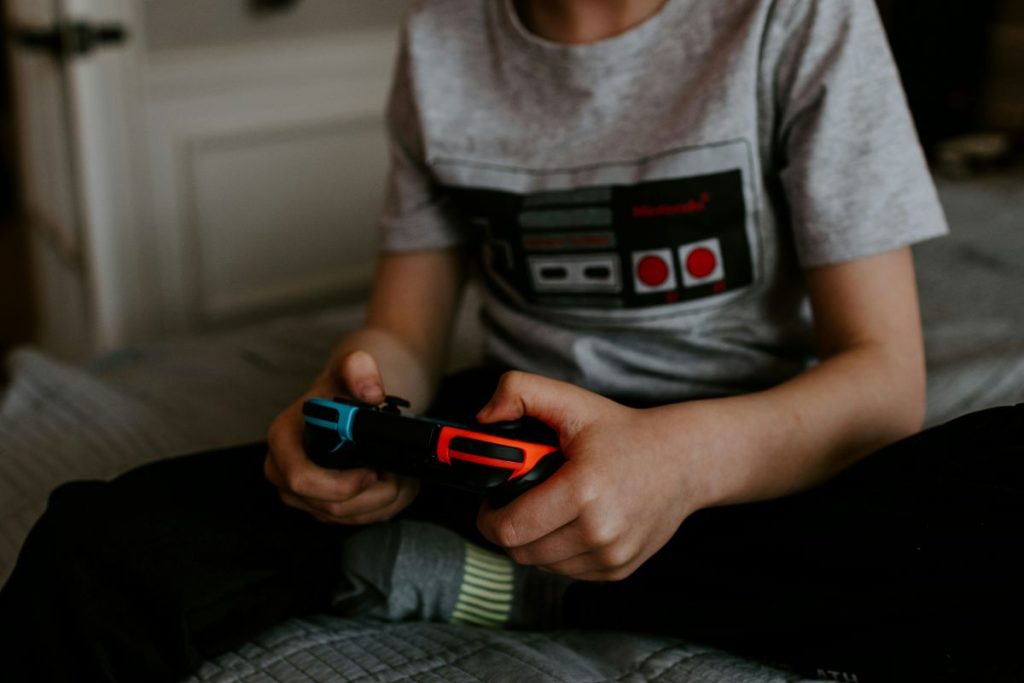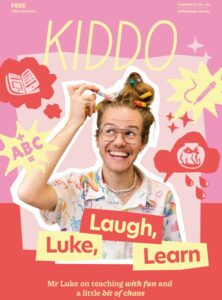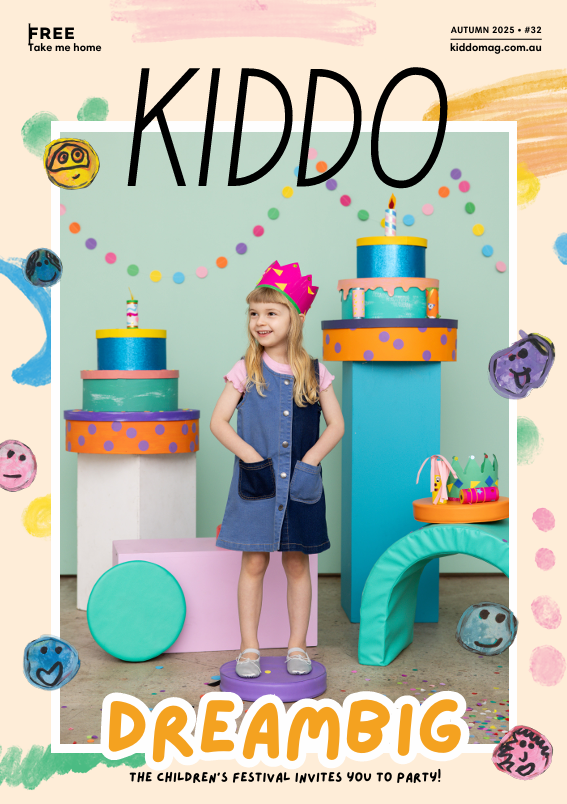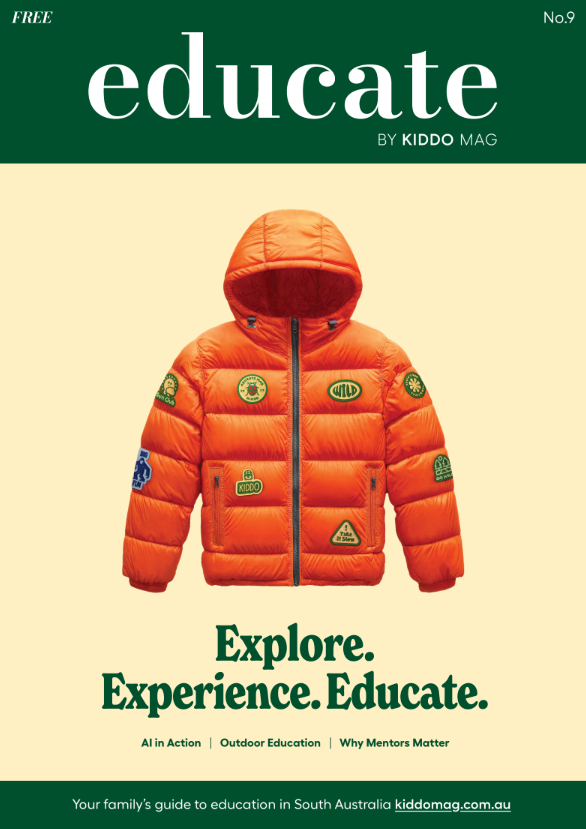There are so many video and mobile games available these days, it can be hard for parents to know which ones are appropriate for their children.
Research shows that games with gambling-like content are linked to real-life gambling problems, as well as emotional and psychological harm.
New game ratings are now in place to help parents make informed choices. Here’s a quick rundown of the new rules:
- Games with paid loot boxes (where players can buy random items with real money) will now be rated M (Mature – not suitable for children under 15).
- Games with simulated gambling, such as casino games, pokies, or lotteries, will be rated R18+ (only for adults 18 and over).
These new classifications apply to new video games. Existing games won’t be affected unless they get updated with new content that requires a reclassification.
Top Tips for Parents: Safer Gaming This Summer
Check the Classification: Always look for the rating on the game packaging or digital download. You can also search the app store. These ratings help you quickly see if a game is suitable for your child’s age.
Learn About Your Child’s Games: Understanding the games your child enjoys can help you spot if they have gambling-like content. Playing the game yourself is a good way to start a conversation about gambling risks if needed.
Consider Removing Credit Card Details: Check if your credit card information is saved on any devices your children use for gaming. Some games allow in-app purchases, and these can often involve real money without being obvious.
Use Parental Controls: Most devices and consoles let you set age limits, control in-game purchases, and monitor playtime. Spend a few minutes setting these up before gaming starts.
Have a Conversation: Take the time to talk to your kids about the games they play. Use the new ratings as an opportunity to discuss why some games might not be suitable or the risks they carry.
Visit classification.gov.au/NewGameRatings: For more detailed advice and a searchable database of game ratings, this website is a useful resource.
For more detailed advice and a searchable database of game ratings, visit classification.gov.au/NewGameRatings






